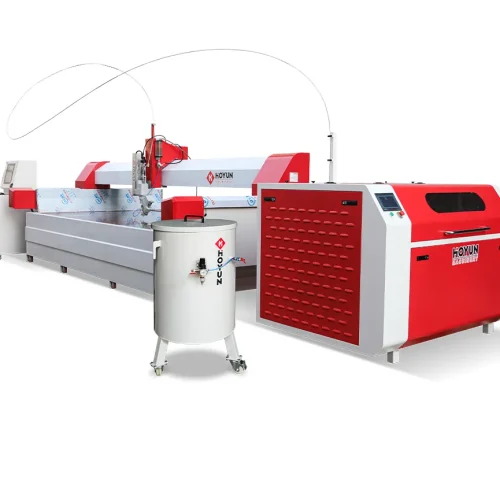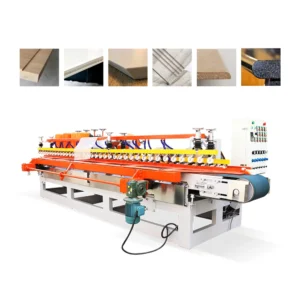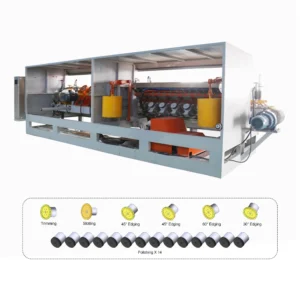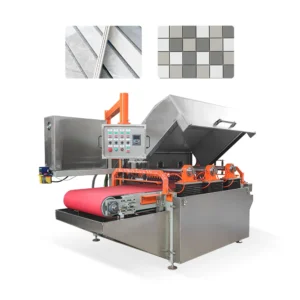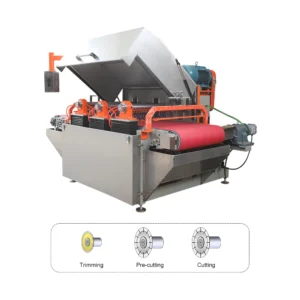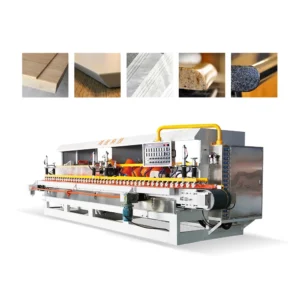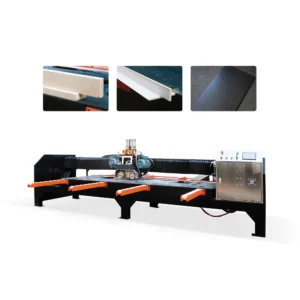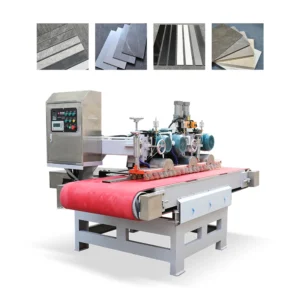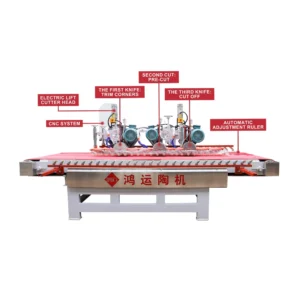When working with stone, understanding the differences between bevel cutting, miter cutting, and straight cutting is crucial for achieving the desired outcome. This article explains the definitions, applications, and advantages of each cutting method to help you make an informed decision.
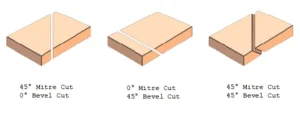
- Bevel Cutting:
- Definition: A cutting technique where the edge of the stone is cut at an angle, creating a beveled edge.
- Applications: Commonly used for decorative purposes, such as on countertops, shelves, and fireplace mantels.
- Advantages: Adds visual interest and depth to the stone, enhances the overall appearance.
- Miter Cutting:
- Definition: A cutting technique where two pieces of stone are cut at complementary angles to create a flush joint when joined together.
- Applications: Mainly used in woodworking and framing, but also applicable to stone for creating joints in countertops, walls, and floors.
- Advantages: Produces clean, professional-looking joints, ideal for architectural and interior design projects.
- Straight Cutting:
- Definition: A cutting technique where the stone is cut along a straight line, resulting in a flat edge.
- Applications: Widely used for general construction and DIY projects, such as cutting stone tiles or slabs to size.
- Advantages: Simple and straightforward, provides a clean and even edge for easy installation and fitting.
Understanding the differences between bevel cutting, miter cutting, and straight cutting of stone is essential for selecting the appropriate cutting method for your project. Each technique has its unique applications and advantages, allowing you to achieve the desired outcome and enhance the overall appearance of your stonework.




